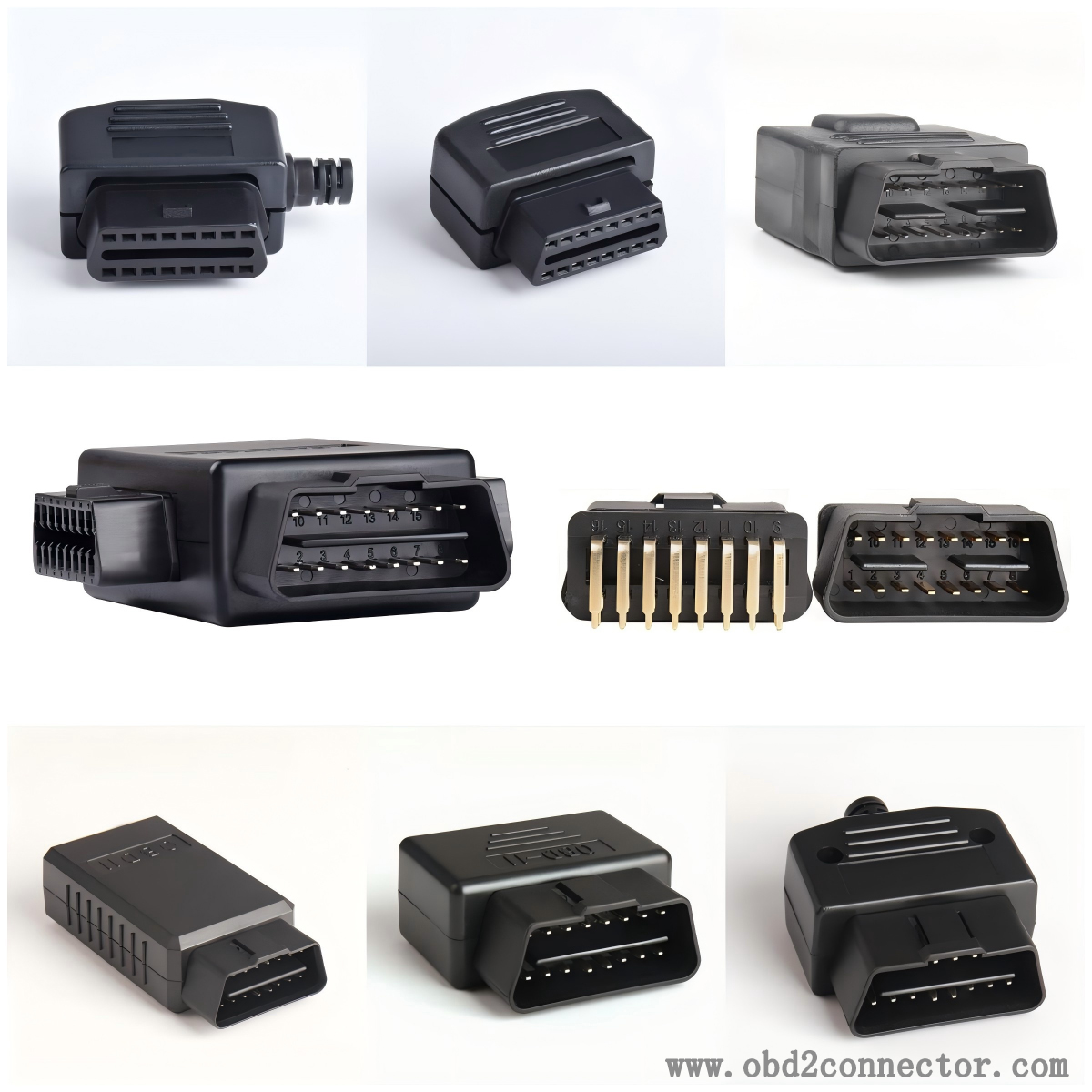What are the types of OBD2 connectors classified by communication method?
There are various interface types for OBD2 connectors, and the following are some common interfaces and their performance characteristics:
Classified by communication method
USB interface
Data transmission: The transmission speed is fast and stable, which can meet the needs of professional diagnostic equipment for fast transmission of large amounts of data, and is suitable for scenarios where vehicles are deeply inspected and analyzed.
Connection stability: Using wired connection, it is not easily affected by external interference, reliable connection, and rarely experiences data interruption or loss during the diagnostic process.
Compatibility: Good compatibility with computers and other devices, most operating systems can automatically recognize USB devices, making it easy to install drivers and run diagnostic software.

bluetooth interface
Convenience: Wireless connection has been achieved, allowing users to connect to the vehicle's OBD2 system using mobile devices such as smartphones and tablets without the need for cumbersome cable connections, making it more flexible and convenient to use in the car.
Data transmission speed: The data transmission speed is sufficient for some basic vehicle information reading and simple diagnostic functions, such as real-time monitoring of parameters such as vehicle speed, engine speed, water temperature, etc.
Compatibility: Strong compatibility, as long as the mobile device supports Bluetooth function and installs the corresponding OBD2 diagnostic application, it can be paired and connected with the OBD2 Bluetooth connector. However, it may be affected by Bluetooth version and device compatibility.
WiFi interface
Data transmission speed: The transmission speed is usually faster than Bluetooth, which can support larger amounts of data transmission and more complex diagnostic functions. It is suitable for professional repair workshops or occasions that require real-time access to large amounts of vehicle data.
Connection distance: Generally, a stable connection can be maintained within a range of tens of meters or even further, which allows technicians to freely move and operate diagnostic equipment within a certain distance without constantly approaching the vehicle.
Compatibility: Both the vehicle OBD2 system and diagnostic equipment need to support WiFi functionality and be connected in the same WiFi network environment. The application of WiFi interface is becoming increasingly widespread in some newer vehicles and professional diagnostic equipment.